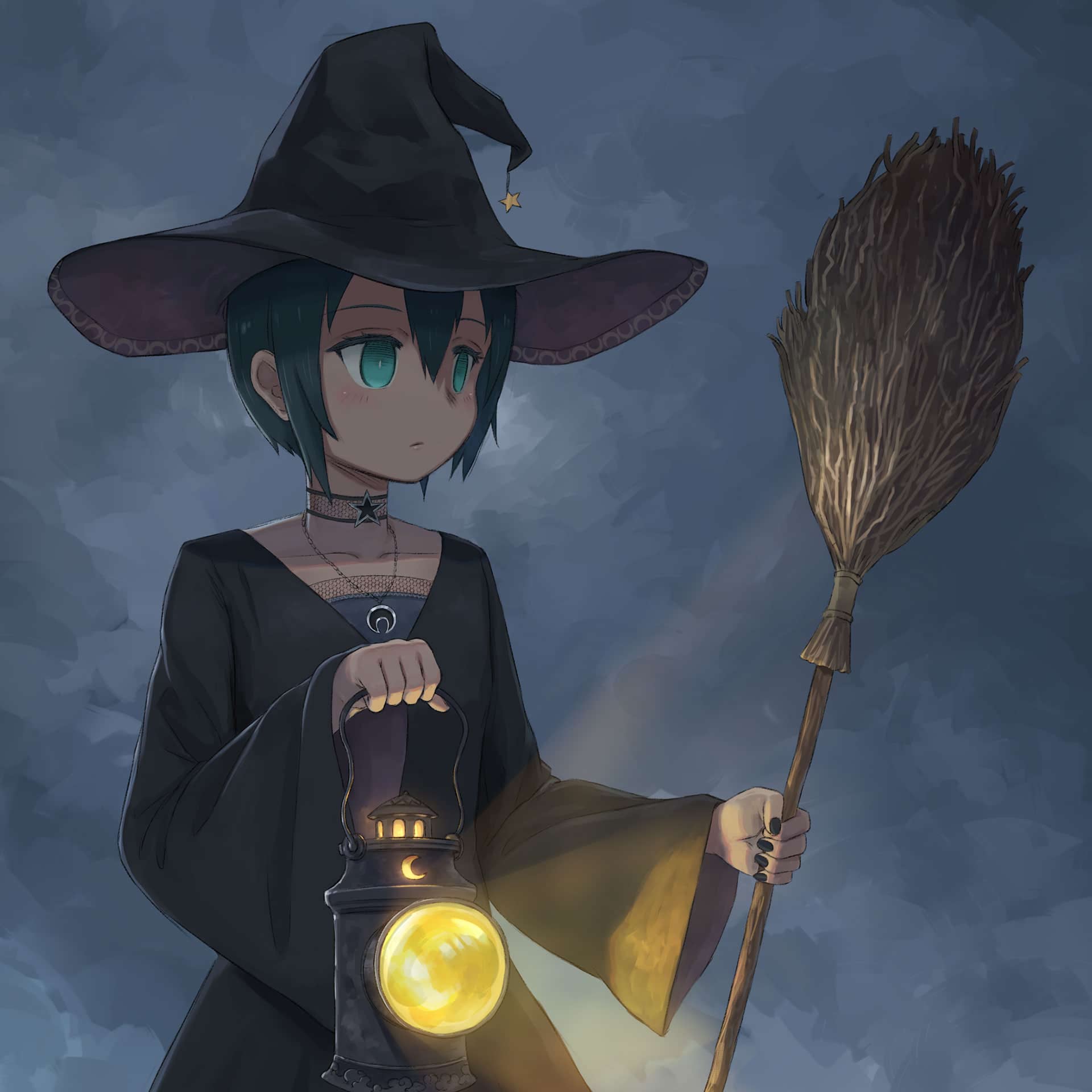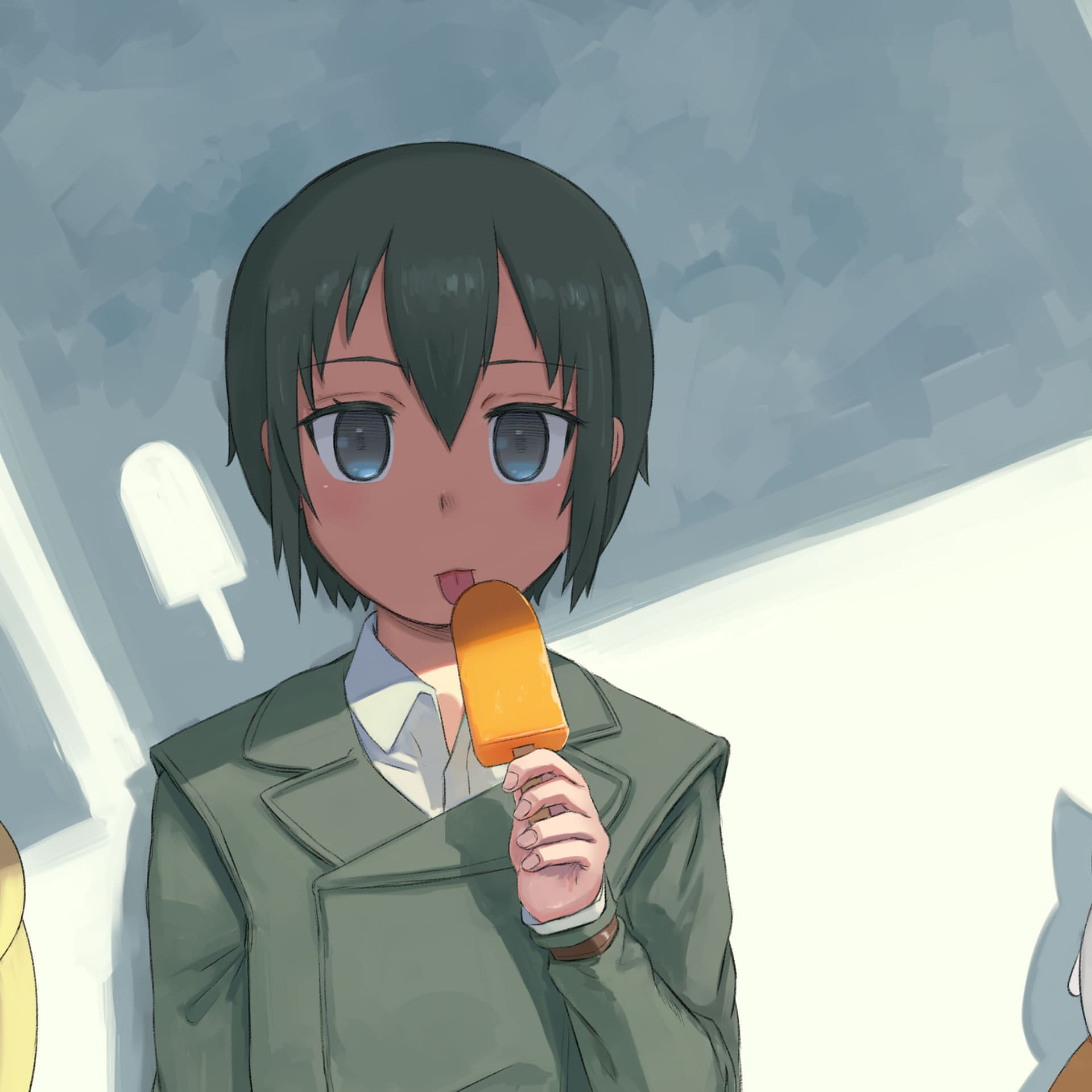Posts
category: Nuke
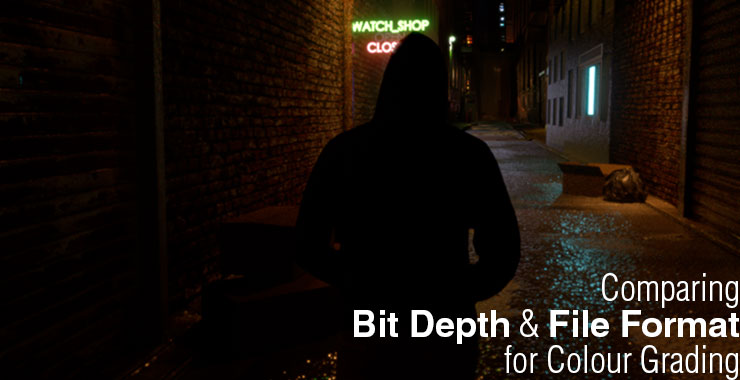
Comparing bit depth and format for Colour Grading
Biting some depth and formatting this post Regardless if you managed to composite a damn good shot in either Nuke or After Effects (or any compositing software), it will be real sad if the desire output got ruined due to poor choice of the final delivery file format for colour grading. This post will explore […]
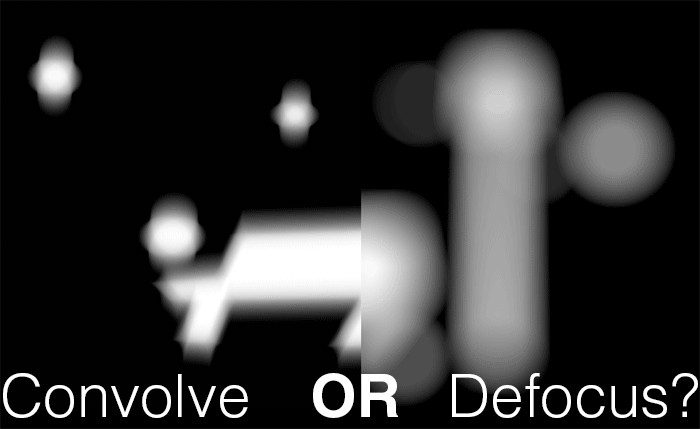
Nuke Tips – Convolve or Defocus?
Yet another “This” or/vs “That” tips. I guess regular visitor to the site will know how much I hate (ok that is a strong word) Nuke’s scanline render as it is pretty slow. Besides that, some of Nuke node are still CPU based which is pretty slow too (as in some nodes hardly utilise or […]
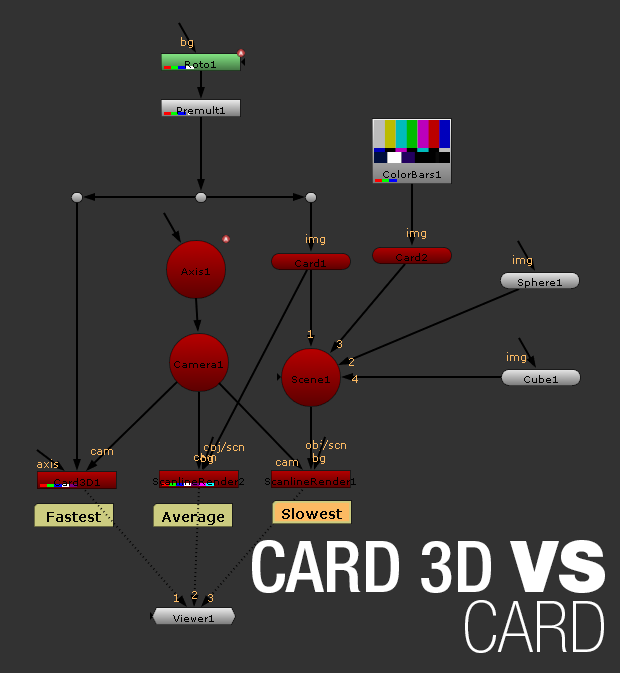
Nuke Tips – Card 3D vs Card
Nuke’s default scanline render can be really slow to me IMHO. So whenever you need to arrange maybe a few cards in a shot, I highly recommend using Card3D instead. The difference that I know is that Card3D can’t interact with other objects in Nuke 3D scene (this is where the regular Card node is […]
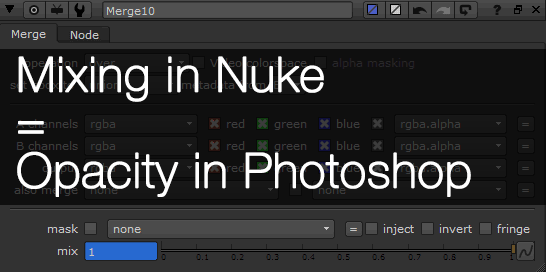
Nuke Tips – Mixing in Nuke
Most nodes in Nuke have the mix function at the bottom of the node properties. It behaves similarly to the opacity function in Photoshop and After Effects so if you ever need to control the amount of blending a node does, this is one of the method to do so. You can also animate the […]
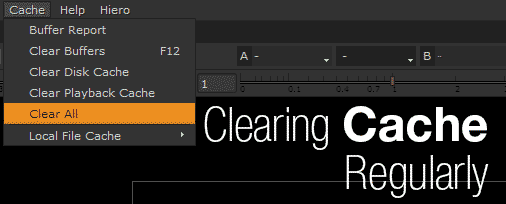
Nuke Tips – Clearing Cache Regularly
There are times where Nuke cache get corrupted occasionally with varying result such as duplicate frames, corrupted render or simply reading from the cache instead of processing the new settings in your script. So one of the quickest way to fix it is to clear the cache. Well clear all the cache. I do browse […]
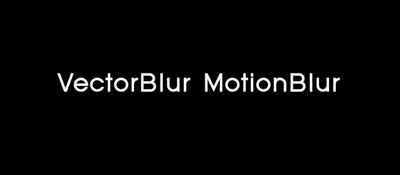
Nuke Tips – Vector Blur vs Motion Blur (Transform Node)
Personally this boils down to the situation at hands. As shown above, both looks very similar when use properly (click here for the 720p MOV sample). While both method employs 2D motion blurring (which can leads to artifact or error when dealing with object that moves in 3D space), personally I prefer Vector Blur for […]
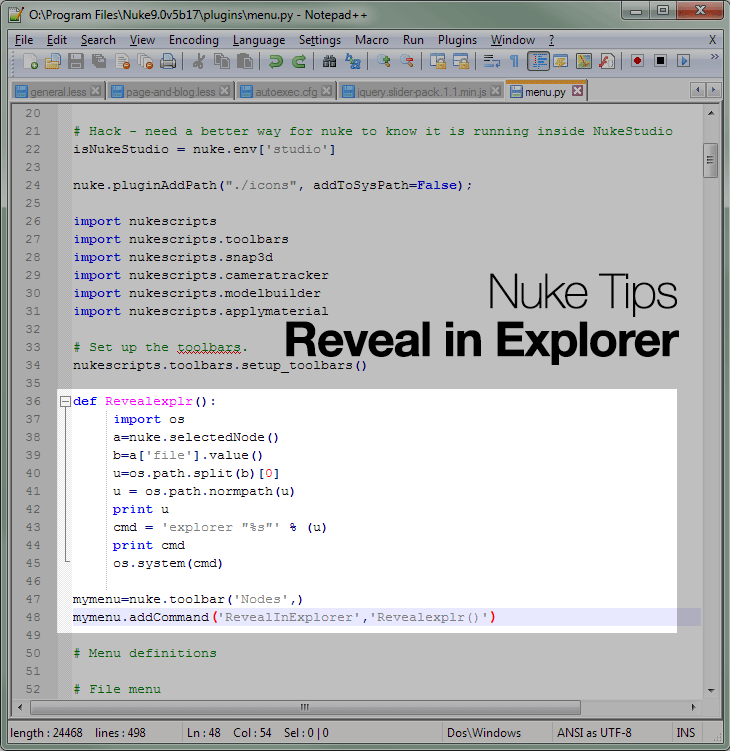
Nuke Tips – Reveal in Explorer
Looking for a function like Reveal in Explorer in After Effects for Nuke? You can now do it with a simple script addon.
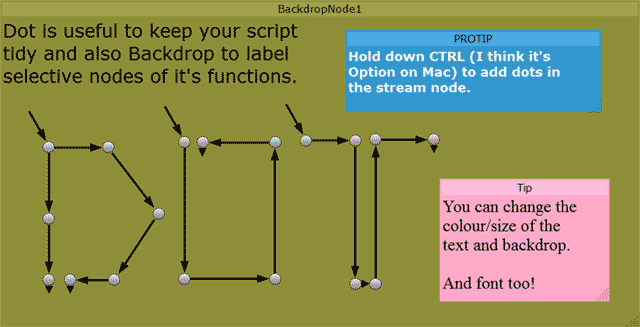
Nuke Tips – Dot Dot Dot (…)
It pays to keep your Nuke script tidy so get in the habit of using more dots and backdrop! As usual, copy and paste the following codes into the node graph to see it in action. set cut_paste_input [stack 0] version 8.0 v5 BackdropNode { inputs 0 name BackdropNode1 tile_color 0x8e8e3800 label “Dot is useful […]
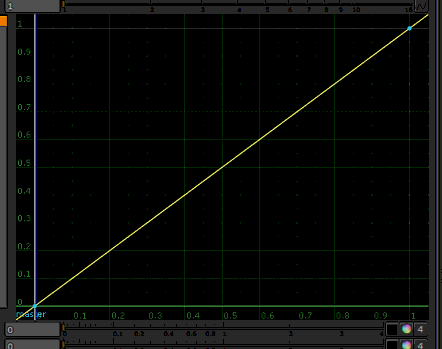
Nuke Tips – Graph Infinite Zoom
Nuke processes everything in 32-bit (floating point) value and this allows for a greater adjustment compared to the default 8-bit processing in After Effects. Although you can work in 16-bit (half floating point) or 32-bit in After Effects, one of the setback lies in the Effects panel. When you are performing a colour correction using […]
